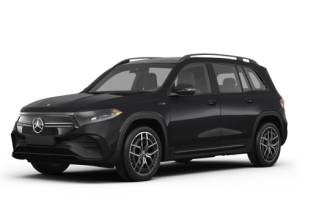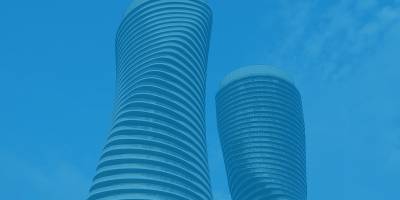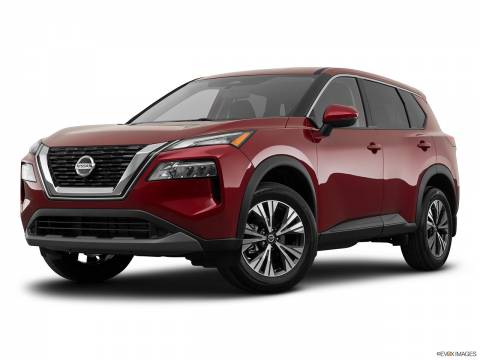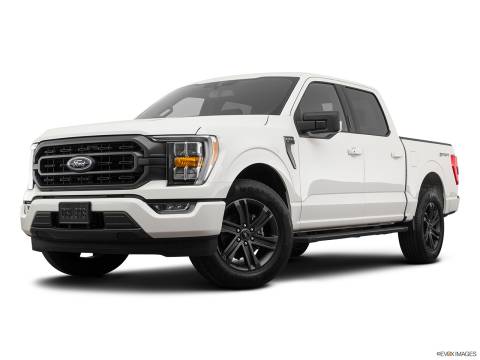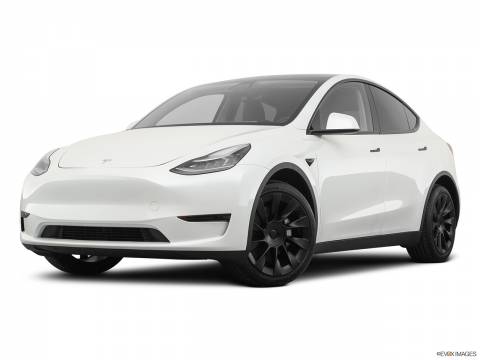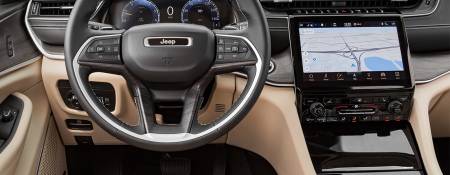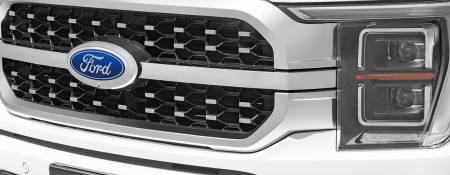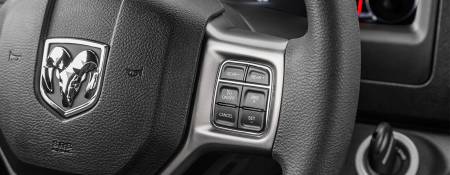A couple of weeks ago I wrote about Toyota's Warranties in Canada, and there is a specific part of it that is worth to talk more: wearable components. If you plan to own your car for more than five years or even if you are considering to buy a used car, it is vital that you are aware of the additional expected wearable components you will carry on with your vehicle. In this article, not the specific costs, but the anticipated period of replacement:
Wearable Mechanical Components (designed to wear)
It may sound weird at first, but there are parts of a vehicle that are conceived to last a specific period of time. And there is a very logical reason for it: the mechanical implications that connect a car with the road surface.
Components like the engine, the transmission, the A/C as many other, do not interact directly with the ground or receive a direct "impact" from the actual vehicle displacement from one place to the another. On the other hand, mechanical components like the wheels, shock absorbers, springs, brakes and so, these do have a direct and somehow "hard" interaction with the vehicle movement, the road, potholes, and bumps.

By a simple look, you can say that the rubber tire is the only part of a vehicle that interacts directly with the ground, but it is merely one of the components of the suspension system of a car.
So, if we compare one next to the other makes it very clear for manufacturers to predict and estimate it's long-term behavior. Just by analyzing it superficially, you could say that:
- Components that do not wear: For example, an engine is expected to last up to 300,000 km and more after regular use and proper maintenance as specified by the engine manufacturer. These are tested though but under the same conditions that would be on a vehicle (protected by the suspension system and more).
- Components that interact with the road (direct/indirectly): Basically the suspension and braking systems, where many parts wear differently based on driving habits, road conditions, and the specific vehicle use.
Now, which are these? Although all these component are covered during the first year (or 20,000km) of the vehicle, these are
- Shock Absorbers: every 75,000km - 100,000 km (each car has 4)
- Springs: every 75,000km - 150,000km (each car has 4)
- Clutch System (Manual clutch disc lining, pressure plate bushings, and throw-out bearings): every 120,000km - 175,000km (each manual car has 1)
- Brake rotors and drums + brake linings and pads: every 75,000km (75k, 150k, 225km...) (each car has 4)
- Batteries & cables: Although not that mechanical, I list it here because it is the core of the electrical system and a vital part for the proper mechanical functioning of the vehicle. It has to be replaced every 3 - 5 years on average. (each car has 1)
- Light bulbs: Although light bulbs durability has improved a lot in the last decades and most manufacturers are switching to LED lights, bulbs last on average 3 to 6 years.
Body Parts, Paint & Glass
Although all these are not directly related to the vehicle mechanics, the "exterior" of every car is usually the responsibility of you (and your insurance), not the manufacturer. This is why I separate these on a second list, and the actual durability of these is utterly unpredictable regarding replacement, but basically, everything is designed to last as long as the vehicle does. Unless, of course, you break it:
- All glass (mirrors, heated windshields and rear windows with defroster), body parts (including frame) & paint.
- Fog lamps, lenses, sealed beams & lamps. (without the light bulbs)
- Bumpers, bright metal & sheet metal.
- Seat frames, convertible top, moldings, weather-strips, carpet & upholstery.
- Non-manufacturer installed accessories.
My conclusion so far is that even after knowing this you may think a new car is always the best option but that depends on so many things. So I would suggest you give it a read to my article Leasing a 350CAD/month SUV is the Same as Buying a 16.000 Used One.





